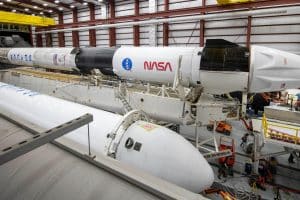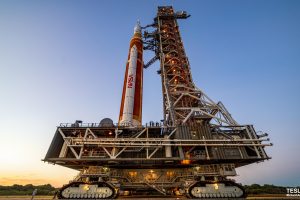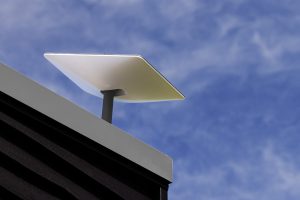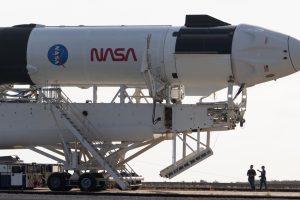Estimated reading time: 3 minutes
In what is likely one of the last steps before SpaceX’s next high-altitude Starship launch attempt, the company appeared to successfully put Starship serial number 9 (SN9) through its first triple-Raptor static fire test.
Relatively late into a test window that opened at 8 am CST (UTC-6) but was later pushed to noon, SpaceX’s first Starship SN9 static fire attempt began in earnest around 3:15 pm CST. Signified by venting activity at the propellant farm tasked with preparing and loading liquid oxygen and methane on Starships, slight tweaks in the test flow were observed but the static fire occurred more or less when expected at 4:07 pm.
SN9 ignited all three of its Raptors in quick succession and shut the engines down over the course of 1.5-2 seconds – extremely short relative to all previous nominal Starhopper or Starship-mounted Raptor static fires. Long-time followers immediately noted that small discrepancy, speculating that it could either have been a post-ignition abort or intentionally shortened to avoid damaging the pad’s concrete surface (an incident that’s occurred several times during recent tests).
Not long before the short static fire, SpaceX extended the end of its January 6th test window (in the form of road closure notices) from 5 pm to 8 pm. Oddly, rather than the expected response of detanking Starship and reopening the road after a successful test, SpaceX essentially recycled SN9 and began a separate test around 6 pm. The road was never reopened and a SpaceX team never headed back to the pad between the tests, implying that the company may have run into a minor hardware or software bug earlier in the day.
It’s unclear what the actual goal of the second attempt was and it’s more or less impossible to know for sure with confirmation from CEO Elon Musk. It’s possible – if unlikely – that the first static fire went exactly as planned and the follow-up test was meant to be a simple data-gathering wet dress rehearsal (WDR). Either way, after a surprise downpour briefly engulfed Starship SN9 minutes prior, the second test appeared to abort about 30 minutes into propellant conditioning and loading, precluding both a complete WDR and/or static fire.
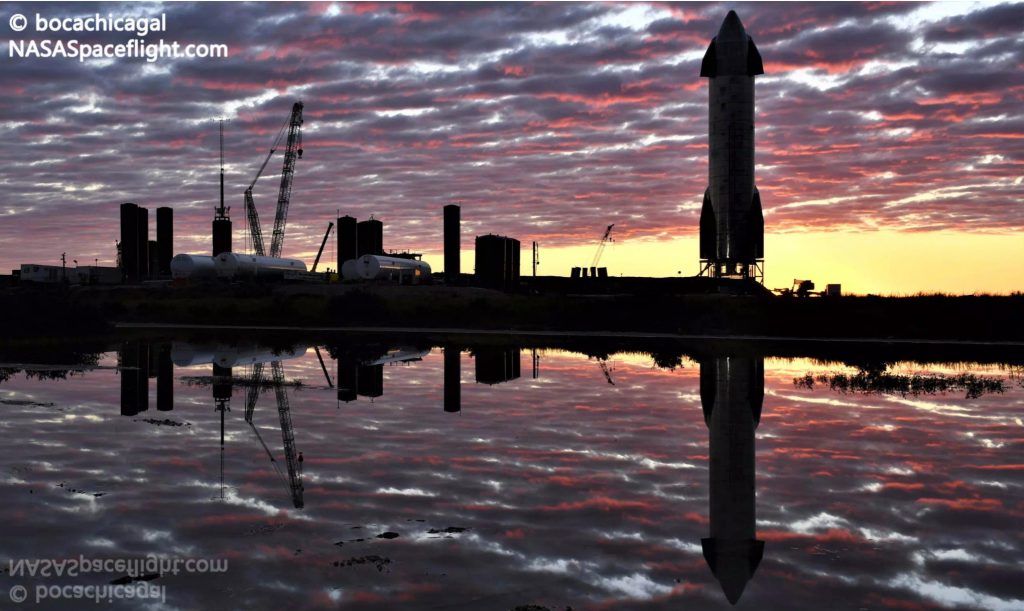

According to a test notice received on January 6th by NASASpaceflight contributer and photographer Mary (bocachicagal), SpaceX has another test window available on January 7th in the event that Wednesday’s testing was partially unsuccessful. In a rare case, SpaceX’s hand-distributed warning for residents preceded any additional planned road closures, the last of which lifted on January 6th.
On January 5th, SpaceX received a trio of Temporary Flight Restrictions (TFRs) from the FAA that will allow the company to restrict access to nearby airspace for high-altitude Starship launch attempts on January 8th, 9th, and 10th. Lacking an unequivocally successful static fire, it’s highly unlikely – but not impossible – that Starship will be ready for a launch attempt during any of those three windows. Still, it’s safe to say that SN9 is probably less than a week away from its first flight – expected to be a carbon copy of SN8’s 12.5 km (7.8 mi) launch and landing attempt – if SpaceX can complete a full-duration static fire in the next day or two.
Original Publication by Eric Ralph at Teslarati.


